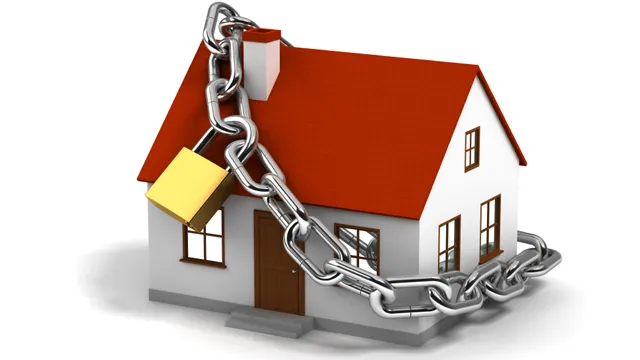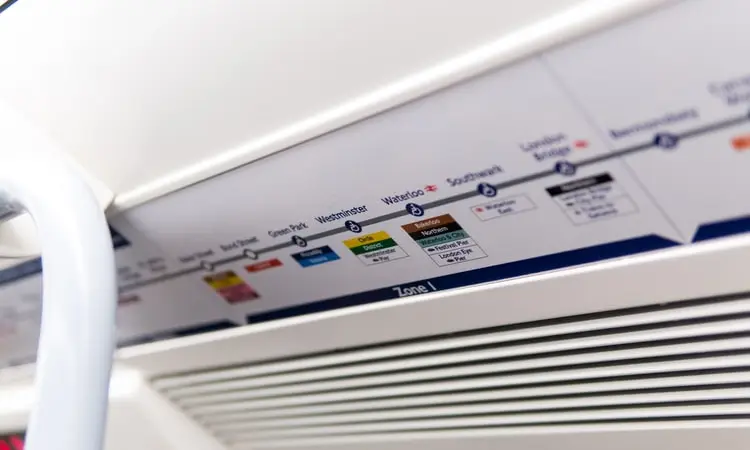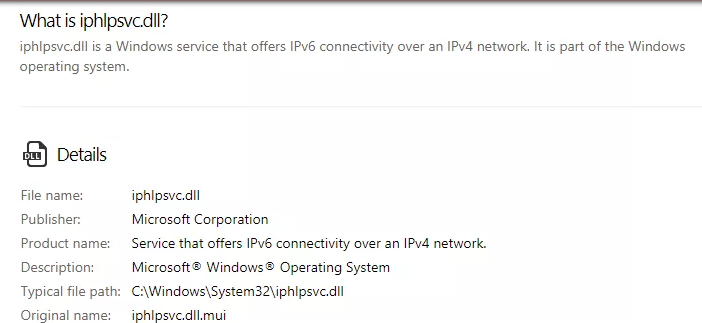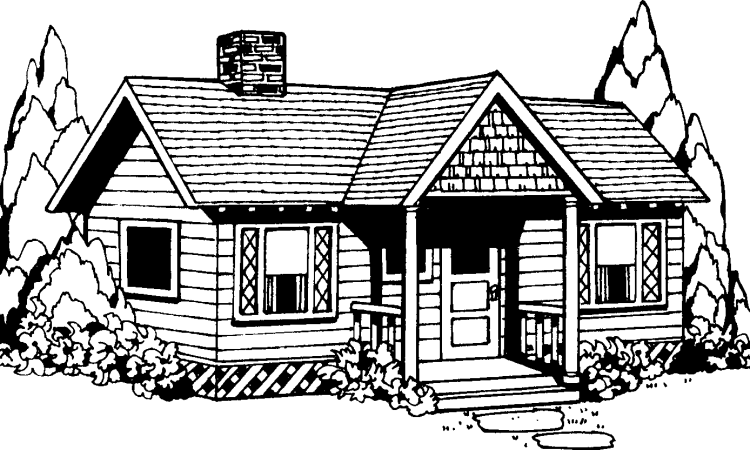Buying a house is the biggest investment most of us make, but sometimes, despite the high mortgage, the property will require a further substantial chunk of money to bring it up to standard. Depending on the price you initially paid for the property and how much money (if any) you have left over, you may need to think carefully about budgeting.
Like any big project, renovating a house can quickly see costs spiral out of control. This means you’re likely looking at ways to save money, even if you have a relatively large budget to work with initially. If you’re unsure where to start with budgeting a home refurbishment, we’re here to help.
We’ve put together four handy tips that you can use to preserve your budget and make the project less harsh on your finances.
1. Salvage What You Can
The first tip is to salvage what you can. Depending on the nature of your refurbishment, this can relate to anything. For example, if the bathroom of your property is in relatively good condition, you won’t necessarily need to replace it all. You might install a new showerhead and lighting, but you can save money by painting the existing tiles and adding decals rather than buying brand new ones.
If you’re refurbishing the kitchen and like the current layout, you could keep the shell of the cabinets and simply replace the cupboard doors and worktops. Likewise, you can give your sink a new look simply by replacing the taps.
These are all examples of salvaging what you have which will go a long way to saving you money, as well as making your refurbishment eco-friendlier.
2. Wait for Sales Before Making Big Purchases
If you need to make a big purchase as part of your renovation, such as a bath or kitchen appliances, then it’s a good idea to wait a little while before committing to buying. Oftentimes, suppliers will hold sales that see items half in price, meaning you can more often than not find a bargain simply by being patient.
3. Do Things Yourself
One of the biggest costs associated with house refurbishments is labor costs. There will inevitably be tasks that require a professional to step in, such as plastering or electrical re-wiring, but you’d be surprised at the number of jobs you can do yourself. The beauty of the internet is that there are video tutorials of almost anything, including costly jobs like tiling and laying carpets.
By undertaking as much of the work as you can yourself, you’ll soon see just how much money you’re able to save. This is a great option if you’re on a strict budget and don’t mind getting stuck in.
4. Save Up Cash Where Possible
Our final money saving tip for doing a house refurb is to pay in cash where you can. This means saving up money into a bank account and avoiding using credit or loans where possible. Every time you take out a loan or use a credit card, you’re liable to pay back the initial amount you borrowed as well as interest. The amount of interest you pay will depend on the finance agreement you’ve entered into, but it does mean that what you end up paying is more than it would be if you were to pay in cash.
Paying using cash means that it might take you a bit longer to save up, but if money is tight and you have the luxury of time, it’s a good idea. If you’re renovating a house to sell it on, borrowing money won’t be an issue because you should stand to make a profit anyway, but otherwise, try and stick to cash.
We hope you find these tips useful and that your home refurb goes to plan. If you’ve recently undertaken a refurbishment project, what are some tips you implemented to save money?
Related
















